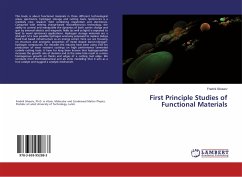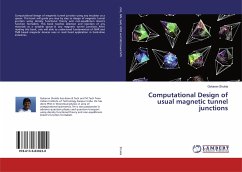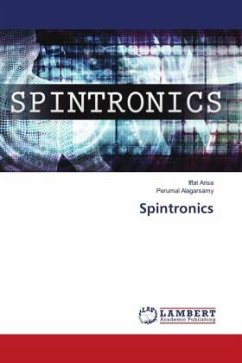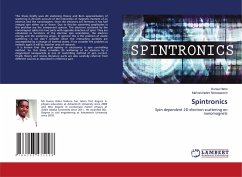
First Principle Studies of Functional Materials
Versandkostenfrei!
Versandfertig in 6-10 Tagen
19,99 €
inkl. MwSt.

PAYBACK Punkte
10 °P sammeln!
This book is about functional materials in three different technological areas, spintronics, hydrogen storage and cutting tools. Spintronics is a relatively new research field combining magnetism and electronics. Compared with existing charge-based microelectronics technology, the ability to control and manipulate the dynamics of both carrier charge and spin by external electric and magnetic fields (as well as light) is expected to lead to novel spintronics applications. Hydrogen storage materials are a vital part of a new possible hydrogen economy proposed to replace todays fossil fuel based ...
This book is about functional materials in three different technological areas, spintronics, hydrogen storage and cutting tools. Spintronics is a relatively new research field combining magnetism and electronics. Compared with existing charge-based microelectronics technology, the ability to control and manipulate the dynamics of both carrier charge and spin by external electric and magnetic fields (as well as light) is expected to lead to novel spintronics applications. Hydrogen storage materials are a vital part of a new possible hydrogen economy proposed to replace todays fossil fuel based infrastructure as an energy carrier. Here we are focusing on structure and energetic properties of metal doped boron-nitrogen-hydrogen compounds. For decades the industry have been using CVD for production of wear resistant coatings on high performance cemented carbide cutting tools. It have for long been known that hydrogensulfide increases the growth rate of alumina and at the same time result in a more homogenous growth on flanks and edges of a cutting tool edge. We conclude from thermodynamical and ab initio modelling that it acts as a true catalyst and suggest a catalytic mechanism.












